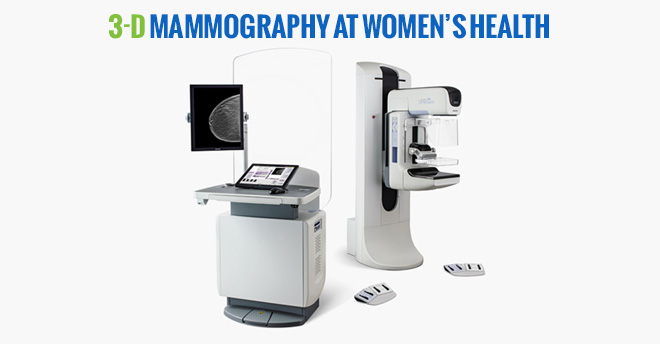Should You Consider Cord Blood Banking for Your Baby?

Stem cells can be found within the blood housed in the placenta and umbilical cord. These cells are unique because they are the precursor to all blood cells. That means that they can transform into all kinds of blood cells, making them a valuable tool when treating serious diseases like cancer, leukemia, metabolic disorders, and sickle-cell anemia. That’s why some families are choosing to bank their baby’s cord blood.
How Does Cord Blood Banking Work?
The company you choose to bank your baby’s cord blood will send a collection kit prior to delivery for your obstetrician. After you give birth, but prior to delivery of the placenta, the cord blood is collected then sent by courier to the bank.
Expectant parents should be aware that banking cord blood can be rather expensive. Collection and registration costs between $900 and $2,000 plus you will have to pay nearly $100 per year to cover storage. Testing is usually required beforehand as well to ensure that the mother doesn’t have infections like HIV, syphilis, or hepatitis.
Should I Bank My Baby’s Cord Blood?
Umbilical cord blood stem cell preservation can be very helpful in some situations. It is important to note that the illnesses that can be treated this way are devastating but rare. While there are no accurate stats yet, the American Academy of Pediatrics estimates that somewhere between one in 1,000 and one in 200,000 children will need their stored cells.
If you or your family suffers from any of the diseases that are treatable with stem cells, cord blood banking should be considered. Speak to your Women’s Health and Menopause Center obstetrician if you have questions about your child’s risk and the potential benefits of preserving his or her stem cells.




